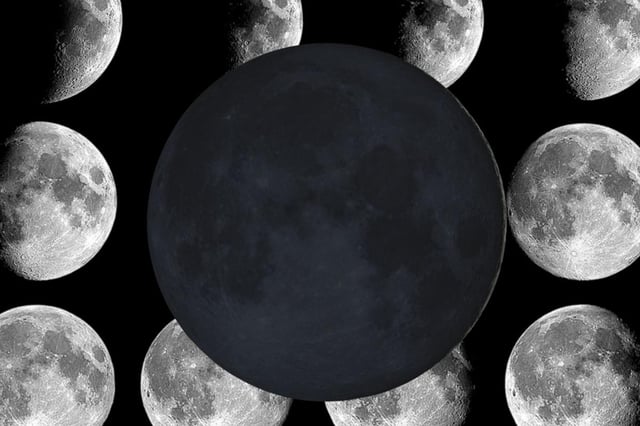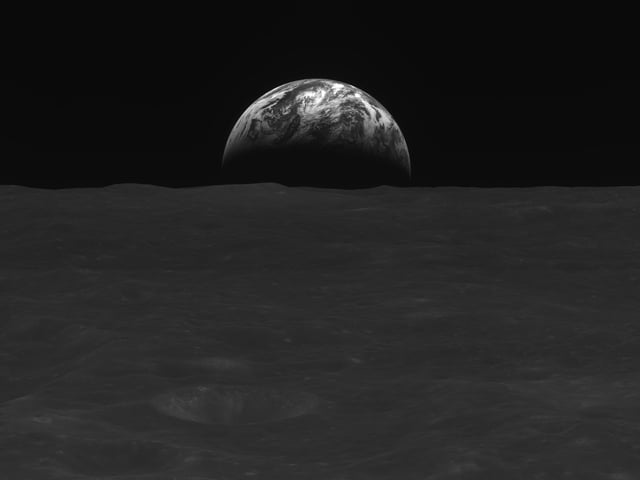Overview
- U.S. Naval Observatory data places the new moon at about 2:06 a.m. EDT on Aug. 23, with some outlets citing Aug. 22 locally due to time zones.
- This instance is a seasonal Black Moon—the third of four new moons in northern summer—an uncommon calendar quirk that recurs roughly every 33 months; the last was in May 2023.
- The label is a popular nickname rather than an official astronomical term, and it simply denotes a timing coincidence rather than a distinct lunar phenomenon.
- Nothing will be visible at the moment of new moon, as the sunlit face points away from Earth and the Moon sits close to the Sun in Leo, unlike an eclipse or a supermoon.
- Skywatchers get darker skies for faint galaxies, star clusters and the Milky Way, the Perseids are still waning, and a very thin crescent should return low in the west on Aug. 24–25.



